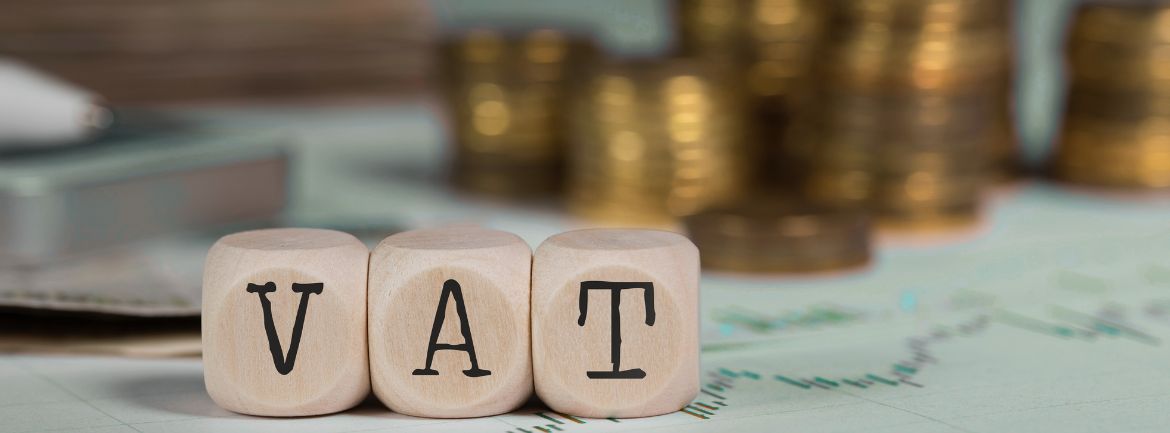
Ing. Viktória Horáčiková
Tax Advisor
From 1 January 2025, there are important changes to the rules regarding the value added tax (VAT) you deduct when you buy or create fixed assets. This includes things like buildings, machinery, furniture or cars. The law requires you to keep track of this deducted VAT and possibly adjust it if the way you use these assets changes. For example, if you originally used it only for business purposes and you start using it for private purposes, or if you used it for activities on which you paid VAT and you start using it for activities on which you did not pay VAT (exempt supplies).
Rules that apply until the end of 2024:
- What is ‘fixed assets’: These were movable items (e.g. machinery) with a value of 3 319,39 EUR and a useful life of more than one year. Real estate (buildings, land, flats, improvements on them) has always been a fixed asset, regardless of price.
- How long are assets ‘tracked’: movable assets were tracked for 5 years, immovable assets for 20 years. This period started from the date of purchase.
- How the VAT adjustment was calculated: The calculation was based on the principle of ‘anticipation’. This meant that if you changed the way you used the property, you had to adjust the VAT not only for that year but for all the years that remained until the end of the reference period. This was done all at once, significantly affecting the cash flow of the payer.
- When was the adjustment made: Always in the last tax return for the calendar (or business) year in which the change occurred.
The main changes that apply from 1 January 2025:
- New concepts: the concepts of ‘fixed assets’ and ‘initial use’ are introduced. Fixed assets are essentially assets that you use for your business for more than one year.
- New definition of ‘fixed assets’: It is now fixed assets, which are:
- Movables with a value of more than 1700 EUR. This limit is now the same as in the Income Tax Act.
- Real estate (buildings, land, flats, improvements) still without regard to price.
- New: Also intangible assets (e.g. licenses) with a price above
2 400 EUR. This was not previously tracked in VAT, although it is often used by entrepreneurs for a long time. This limit is also aligned with income tax.
- The start of the tracking period is changed: The length of the tracking (5 or 20 years) remains the same. But the period no longer begins with purchase or inclusion in use. It begins with initial use. Initial use means the first time you actually use the asset for a business which gives rise to a right to deduct VAT. This is different from ‘putting into use’ under the accounting rules, which is often more formal (e.g. registration of a car).
- The calculation of the VAT adjustment changes fundamentally: you will only adjust the VAT for the one specific year in which the change occurs, and therefore not for the entire remaining period as was the case until 31.12.2024.
- When the adjustment is made: It remains the same – in the last tax return for the calendar (or business) year in which the change occurred.
- Transition Rule: If you had investment property (under the old rules) and the reporting period for it already began before December 31, 2024, it will continue to be subject to the old computation rules. The new rules only apply to property you buy or first use after 2025.
What does this mean for you as an entrepreneur?
- Good news: If you change the purpose of the asset (e.g. start using it also for exempt activities or privately) and don’t sell it, you won’t have to repay a large amount of VAT at once for all the remaining years. You will only adjust the small part that relates to the current year. This will relieve you financially.
- Worse news: You’ll have to keep a closer eye on how you use the capital asset each year. You will therefore increase the administration associated with this tracking and adjustment.
Overall, the rules are becoming more flexible but require closer monitoring and possible minor but more frequent VAT adjustments.
Conclusion
Given the complexity of the new rules and the potential risks of incorrect VAT calculation introduced by the amendment, we strongly recommend consulting a tax advisor or other expert when dealing with specific situations concerning the adjustment of the deducted VAT on investment property. Professional assistance will help you to ensure correct procedures and minimise errors.
The above information on this website is intended to give you a basic overview of tax, accounting and legal regulations. It is in no way intended as a guide to their application in practice, which may differ significantly from the legislation in force at any given time. The information on this website does not guarantee legal, accounting, tax or other professional advice or services. As such, the information should not be taken as a substitute for professional consultation with accounting, tax, legal or other advisors. EMINEO PARTNERS shall not be responsible or liable for any discrepancies, omissions or results obtained from the use of this information. All information and examples are provided without any warranty as to their applicability in practice. EMINEO PARTNERS is not obliged to reflect the applicable legislation on the information and examples provided on this website.
